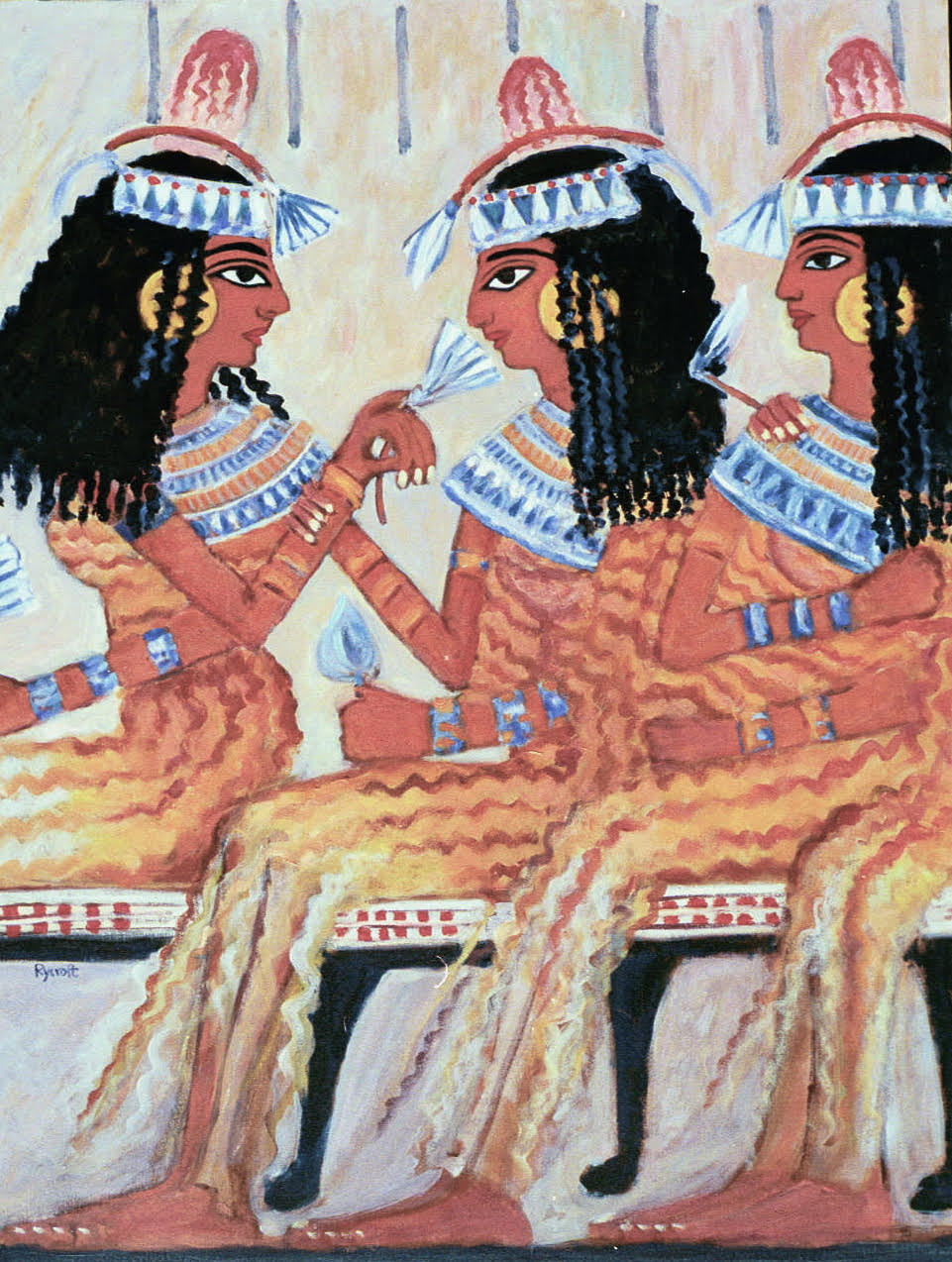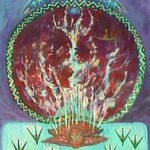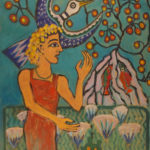It was the mid 1820s and Jean-François Champollion had cracked the code for translating the ancient Egyptian hieroglyphs. Egyptian fever hits Europe.
In Montreal in 2010, my wife and I attended a lecture by Egyptologist, Dr. Jan Assmann. His presentation took us back to the 1800s where the translations of the Egyptian hieroglyphic texts were awaited with great anticipation and excitement. Napoleon’s soldier’s accidental discovery of the Rosetta Stone, inscribed with hieroglyphs, demotic texts and Greek, provided the key to understanding Egyptian writings. This discovery brought all things Egyptian into demand.
After the Battle of the Pyramids (1798) Napoleon’s army and “…500 French civilians accompanied the army amongst them a group of 167 scholars that included 21 mathematicians, 3 astronomers, 17 civil engineers, 13 naturalists and mining engineers, 4 architects, 8 draughtsmen, 10 men of letters and 22 printers equipped with Latin, Greek and Arabic characters…” (Description de l’Egypt p. 12) examined, categorized and catalogued everything they found in Egypt. A new science, Egyptology, was born.
As well as being at war, the French and the English were competing not just for artifacts, but to be the first to translate the Rosetta Stone. The whole world was dazzled by fabulous collections of artifacts, precious gems, jewelry and golden masks. There were pyramids, the mysterious Sphinx, mummies, and countless documents carved in stone or written on papyrus. Everyone wanted an Egyptian artifact. From Description de l’Egypt, “Above all, and this is what matters, it everywhere aroused the interest of the citizens of the world and their craving for culture or adventure.” Business was booming for tomb robbers in Egypt. Translations of texts promised the answers to all the questions about our existence. Surely these profound and marvellous creations were the work of the gods!
Sadly, the translations of these texts were written with a religious bias. E. A. Wallis Budge was a religious man and translated the texts in a Biblical style. The early translators had a consensus that the written works of Egypt were all about religion. Jan Assmann explained that once Egyptian civilization was reduced to religion, the fervour diminished for all things Egyptian. Another ancient religion from so-called primitive peoples, not as advanced as monotheistic Western people, was going to be only of scholarly interest.
“It has been urged that the Egyptians never advanced to pure monotheism because they never succeeded in freeing themselves from the belief in the existence of other gods,…” Sir E A Wallis Budge – Introduction to The Egyptian Book of the Dead.
This prejudice pervades Egyptology even to this day. People who are not religious generally dismiss religious material and every religious person knows that his or her religion is the real and true religion. All of the 4000 years of work done on the Nile was reduced to academic scholarship. The work of the gods was relegated to a primitive religion.
Monotheism
What is the basis for monotheism? From The Bible, The First Commandment says:
“Thou shalt place no other gods before me.”
If the one and only god says there are other gods, then there must be other gods. In Ancient Egypt, the neteru (s. neter) are translated as ‘gods’, but modern Egyptologists translate neteru as ‘the forces of nature’, quite a different concept from religion and god. The ‘forces of nature’ is science, not religion.
The Egyptians were building and telling their stories long before any organized religion took hold on this planet. Although these texts were interpreted as and sound like religion, it would be more correct to say that religion sounds a lot like these texts!
Ancient Egypt is not about religion as we’ve been led to believe. Instead, it demonstrates the most profound of mankind’s accomplishments. The Ancient Egyptians have delivered their science with beautiful art. The neteru, are not ‘gods’, but are exactly what the Egyptologists say, ‘forces of nature’, science. The world of the Ancient Egyptians is art enshrining science.

It is time for Egyptomania II! Ancient Egypt deserves a closer look.


